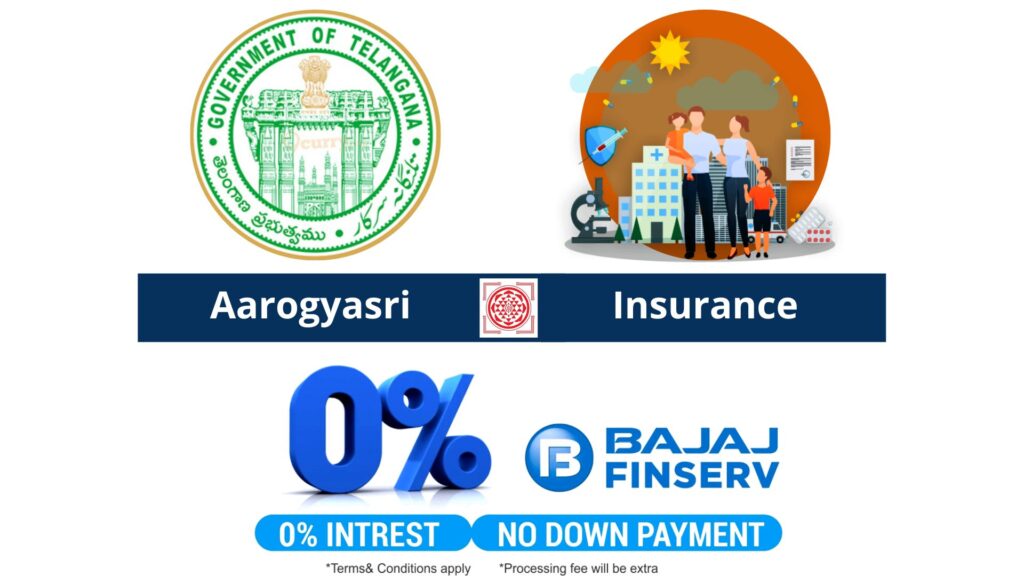
overview
- Spontaneous dissection of the coronary arteries – sometimes called SCAD – is a rare emergency situation that occurs when a rupture forms in a blood vessel in the heart.
- SCAD can slow or block blood flow to the heart and cause a heart attack, abnormal heart rhythms, or sudden death.
- SCAD most commonly affects women in their forties and fifties, although it can occur at any age and in men. People with SCAD often have no risk factors for heart disease such as high blood pressure, high cholesterol, or diabetes. Spontaneous coronary artery dissection (SCAD) treatment in hyderabad
symptom
The signs and symptoms of SCAD can include:
- Chest pain
- A fast heartbeat or a feeling of floating in your chest
- Pain in your arms, shoulders, or jaw
- shortness of breath
- Sweat
The reasons
It is not known what causes SCAD. However, doctors and researchers have found similarities between people with SCAD.
Risk factors
Risk factors for SCAD include:
Females Although SCAD can occur in both men and women, it is more likely to affect women than men.
Recent birth. Some women who had SCAD gave birth recently. It has been found that SCAD is most common in the first few weeks after birth.
Basic conditions of the blood vessels. Fibromuscular dysplasia (foot-and-mouth disease), which causes irregular growth of cells in the walls of the arteries, is associated with SCAD. Foot and mouth disease can weaken the walls of the arteries and lead to blockages, dissections, or aneurysms. It can also cause high blood pressure, stroke, and ruptures in other blood vessels. Women are more likely to have foot and mouth disease than men. Spontaneous coronary artery dissection (SCAD) treatment in hyderabad
Complications
Blood flow through the arteries in SCAD
Blood Flow Through Arteries During Spontaneous Coronary Artery Dissection (SCAD) Open popup dialog
SCAD is a tear in an artery that carries blood to the heart. When the inner layers of the artery separate from the outer layers, blood can build up in the area between the layers. The pressure of blood that builds up can make a short tear much longer. Blood trapped between the layers can form a blood clot (hematoma).
SCAD can slow the flow of blood through the artery, which weakens the heart muscle. Or the flow of blood through the artery can be completely stopped, causing the heart muscle to die (heart attack). A heart attack that occurs with SCAD is different from a heart attack that is caused by hardening of the arteries (atherosclerosis). Spontaneous coronary artery dissection (SCAD) treatment in hyderabad

